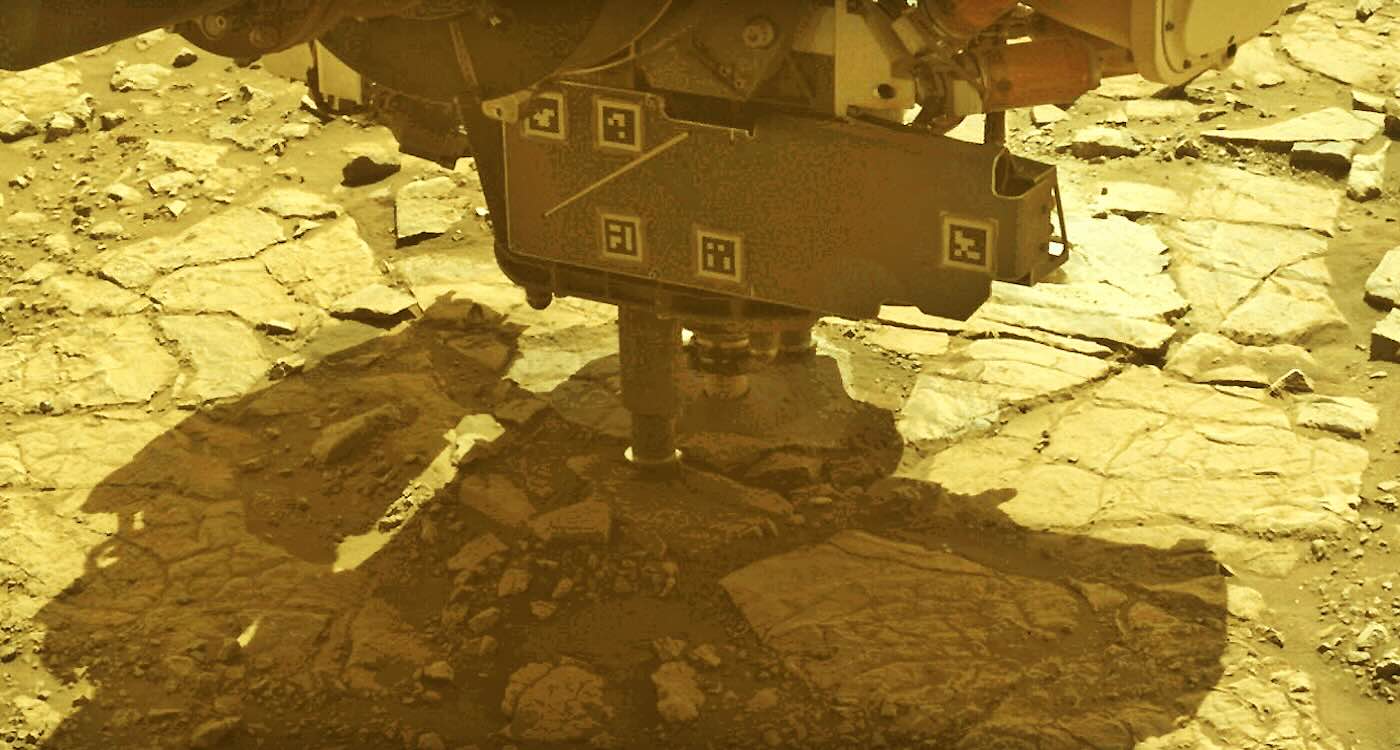Heroes
NASA Discovery: Perseverance Rover Discovers Martian Rock Wonderland at Jezero Crater!

Quick Smiles:
- Perseverance Rover uncovers a treasure trove of diverse Martian rocks.
- Scientists are thrilled with the unexpected geological variety at Jezero Crater’s rim.
- Challenges remain in planning the return of Mars samples to Earth.
The Perseverance Mars rover is on a roll, making significant strides in its mission to explore the Red Planet’s geology.
After landing in Jezero Crater in the summer of 2021, the rover has been diligently sampling the Martian surface, uncovering more than scientists initially anticipated.
The rover’s recent focus has been the crater rim, where it has encountered an impressive array of rocks, sparking excitement among the team at NASA’s Jet Propulsion Laboratory (JPL).
“During previous science campaigns in Jezero, it could take several months to find a rock that was significantly different from the last rock we sampled and scientifically unique enough for sampling,” explained Katie Morgan, Perseverance’s project scientist at NASA’s JPL in Southern California.
“But up here on the crater rim, there are new and intriguing rocks everywhere the rover turns. It has been all we had hoped for and more.”
The rover has concentrated much of its efforts on a slope known as “Witch Hazel Hill,” a site rich with fragmented rocks dislodged by ancient meteor impacts.
These rocks, once buried deep underground, now offer a fascinating glimpse into Mars’ geological history.
In addition to these, Perseverance has found layered rocks and formations shaped by ancient water flows, adding to the geological diversity.
Among its finds is a sample called “Shallow Bay,” believed to have originated from Mars’ Noachian period, around 3.9 billion years ago.
This sample may have experienced recrystallization during a meteor impact, providing a unique window into the planet’s past.
Perseverance’s scientific arsenal includes a laser-equipped spectrograph, which has analyzed the composition of numerous rocks by examining their colors.
In the past four months, the rover has collected samples from five rocks, analyzed seven more, and used its laser on an additional 83.
“The last four months have been a whirlwind for the science team, and we still feel that Witch Hazel Hill has more to tell us,” Morgan noted.
“We’ll use all the rover data gathered recently to decide if and where to collect the next sample from the crater rim. Crater rims — you gotta love ’em.”
However, the mission faces a significant hurdle: the challenge of returning these samples to Earth.
The initial plan for a sample return mission has become financially daunting, with costs ballooning to $11 billion.
NASA is now seeking innovative proposals from industry and academia to devise a more cost-effective and timely solution for bringing these invaluable samples back home.

-

 Cute Animals2 years ago
Cute Animals2 years agoPuppy Love Patrol: Service Dog Swoons Over K9 Officer Neighbor
-

 Cute Animals2 years ago
Cute Animals2 years agoHugs, Hooves, and Happiness: Newborn Donkey Steals Hearts by Demanding Affection [Video]
-

 Cute Animals2 years ago
Cute Animals2 years agoWATCH: A German Shepherd’s Surprising Parenting Instinct for Lost Ducklings!
-

 Cute Animals2 years ago
Cute Animals2 years agoPetty Pup Pulls Off Hilarious Bone Heist [Video]
-

 Heroes2 years ago
Heroes2 years agoA Lost Dog’s Bark Leads to a Lifesaving Discovery
-

 Cute Animals2 years ago
Cute Animals2 years ago“Pure Love”: Adopted Rescue Dog Can’t Hide How Grateful He Is [Video]
-

 Cute Animals2 years ago
Cute Animals2 years agoTiny but Mighty: Cat with Dwarfism Becomes Internet Star as Owners Adapt Backyard for Her Comfort
-

 Cute Animals2 years ago
Cute Animals2 years agoAdorable Puppy Steals Hearts After a Tiring Swim [Video]